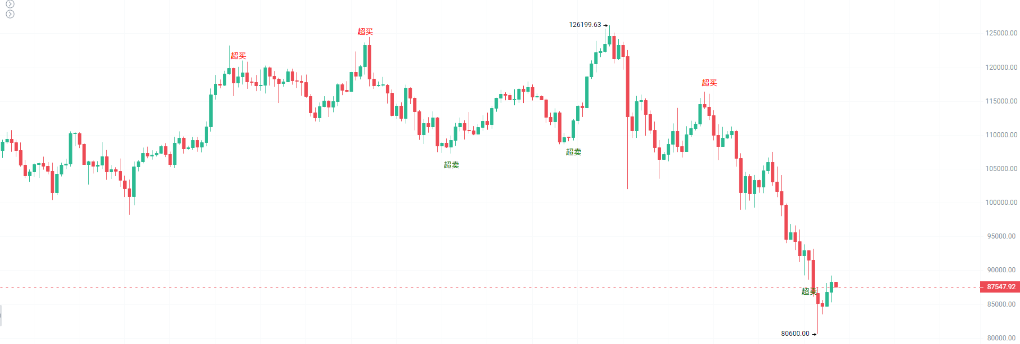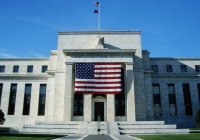American consumers are already being hit by President Trump’s import duties, as leading firms warn they’ll have to push higher costs onto shoppers.
Over the past few months, both retailers and manufacturers have raised concerns that the new tariffs on foreign items will cut their profits unless they pass expenses along.
On Tuesday, Procter & Gamble, known for household names like Bounty paper towels and Tide detergent, painted a bleak picture for 2025 as reported by Reuters . In a memo to major chains such as Walmart, P&G explained it plans to raise prices on about a quarter of its U.S. products starting next week, with increases of about 5%.
Although equity benchmarks have surged, largely thanks to technology stocks, many staple‑goods companies have lag behind.
After the April 2 “Liberation Day” tariff announcement, P&G’s share price slid roughly 19%, while Nestlé fell 20%, Kimberly‑Clark dropped 11%, and PepsiCo slipped close to 7%, even as the S&P 500 climbed about 13%.
American customers turn away from expensive brands
Food and drink makers have seen weak sales because budget‑conscious shoppers are avoiding expensive name brands.
Nestlé recently observed that consumers in North America are still hesitant to pay extra at the checkout. Any further mark‑ups could intensify investor concerns over how large household names will balance cost‑conscious buyers with their rising import expenses.
“You’re going to see companies like Walmart, Amazon and Best Buy forced to pass price increases to consumers,” said Bill George, former Medtronic chief executive and Harvard Business School fellow.
He added, “Main Street has yet to see the fallout from increased tariffs, and they’re going to go higher.”
Companies face billions in added costs
A Reuters tariff tracker estimated that, between July 16 and 25, companies could collectively incur roughly $7.1 billion to $8.3 billion in additional costs this year.
Automakers such as General Motors and Ford have already absorbed billions, while others front‑loaded shipments to lock in pre‑tariff rates and buy time before raising prices. Economists warn that once those stockpiles run out, potentially late 2025 or early 2026, consumers will begin to see the impact in official inflation figures.
EssilorLuxottica, maker of Ray‑Ban sunglasses, has implemented price bumps, and Swiss watchmaker Swatch lifted its recommended retail prices by about 5% following the April tariff news. CEO Nick Hayek told Reuters the change barely dented demand, pointing out that luxury‑watch buyers are less sensitive to cost and often make purchases abroad to take advantage of lower taxes.
“You cannot do this with cars or heavy machinery, but you can with watches,” he said.
Under the arrangement, imports from the EU will carry a uniform 15% duty, an added cost almost certain t o be passed to American customers .
Goods from Japan face the same rate, while U.K. exports will now incur 10%. Nations without bilateral agreements, including Brazil, Canada, and South Korea, are next in line for steeper levies. A baseline 10% tariff remains on all other imports, though the White House has floated raising it into the mid‑teens.
Altogether, these steps have driven the United States’ average duty on incoming products to 18.2%, a century‑high, according to Yale’s Budget Lab.
The administration maintains that the extra revenue will pour “trillions” into federal coffers, and so far this year tariff receipts exceed those of 2024 by tens of billions. In reality, importers pay the charges at the border and then weave them through distribution networks, ultimately leaving retailers and, eventually, shoppers to absorb the added expense.
Yale researchers calculate that U.S. consumer prices have already risen by nearly 1.8% because of these levies, an effective income cut of about $2,400 per household. With June’s uptick in inflation, companies that formerly held prices steady are now signaling broad increases ahead.
Even Trump seems to recognize the strain, recently musing about issuing tariff‑funded “rebate” checks for certain income groups. With midterm elections on the horizon, such rebates could land just in time.
Cryptopolitan Academy: Want to grow your money in 2025? Learn how to do it with DeFi in our upcoming webclass. Save Your Spot




